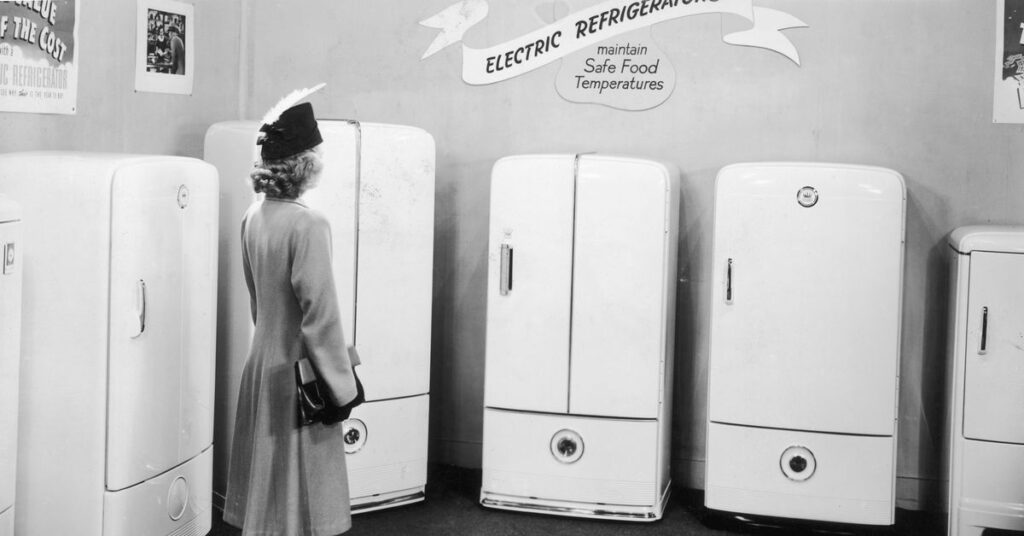Consumer tech news tends to focus on the latest gadget like a new smartphone camera, but the boring old refrigerator ought to get its share of credit — when we weren’t looking, the fridge got really good.
Since the 1970s, the standard fridge has grown in size, but uses a quarter of the energy of those older models. And you’re getting more for less money, since the manufacturer price of the fridge has halved (adjusting for inflation) in those 50 years. Walk into a Home Depot or Lowes for a replacement, and you can trust that whatever you come out with could be bigger than what you had before, work better than expected, and still not raise your energy bill.
It’s not just the refrigerator that’s transformed. Clothes washers and dishwashers have also become more powerful while using less energy and water. LED lights use 75 percent less energy and last 25 times longer than incandescent. And when US energy-related carbon emissions peaked in 2007, one overlooked factor for that peak was better efficiency.
All this progress is thanks, in part, to former President Jimmy Carter, who entered hospice at age 98 in late February. While in office, he pioneered many of these gains in US efficiency.
From 1977 to 1980, Carter proposed and signed a series of laws that raised the floor for efficiency in the home. One of the most pivotal included creating the Department of Energy, and setting up the appliance standards program that exists today. They cover 65 categories that make up 90 percent of home energy usage, including washing, drying, lighting, refrigeration, heating, cooling, and cooking.
Overall, Carter was “the first president to pass a law on energy efficiency standards that had teeth,” says Jay Hakes, a former administrator of the Energy Information Administration and former director of the Jimmy Carter Presidential Library.
Read the full article here





